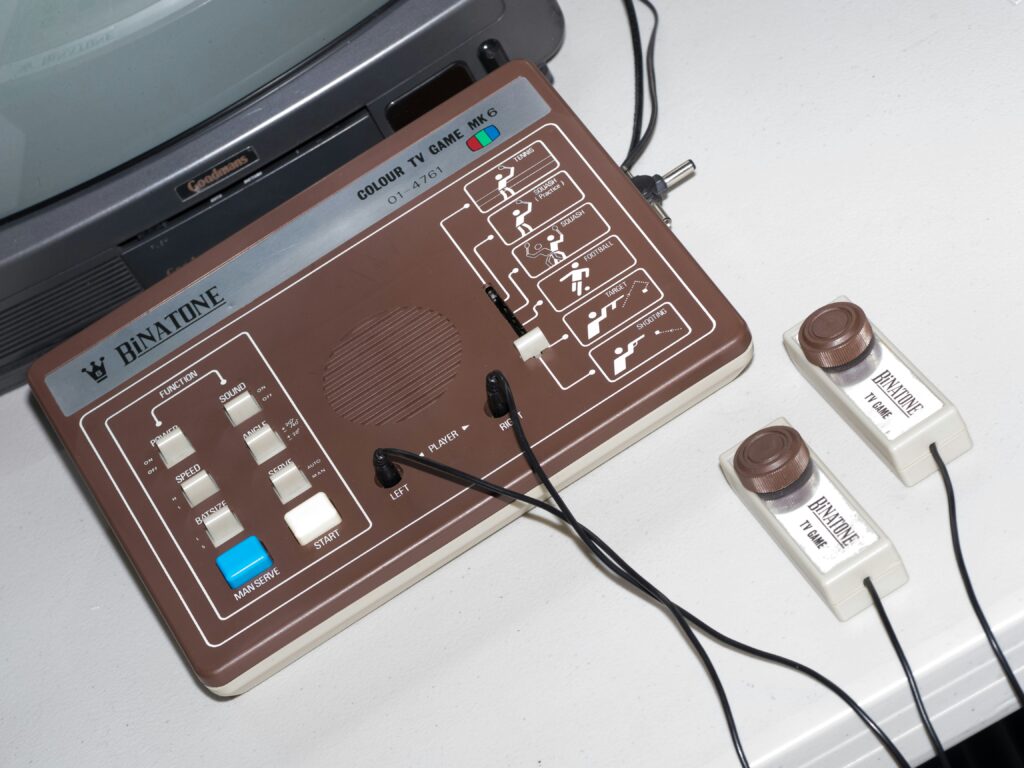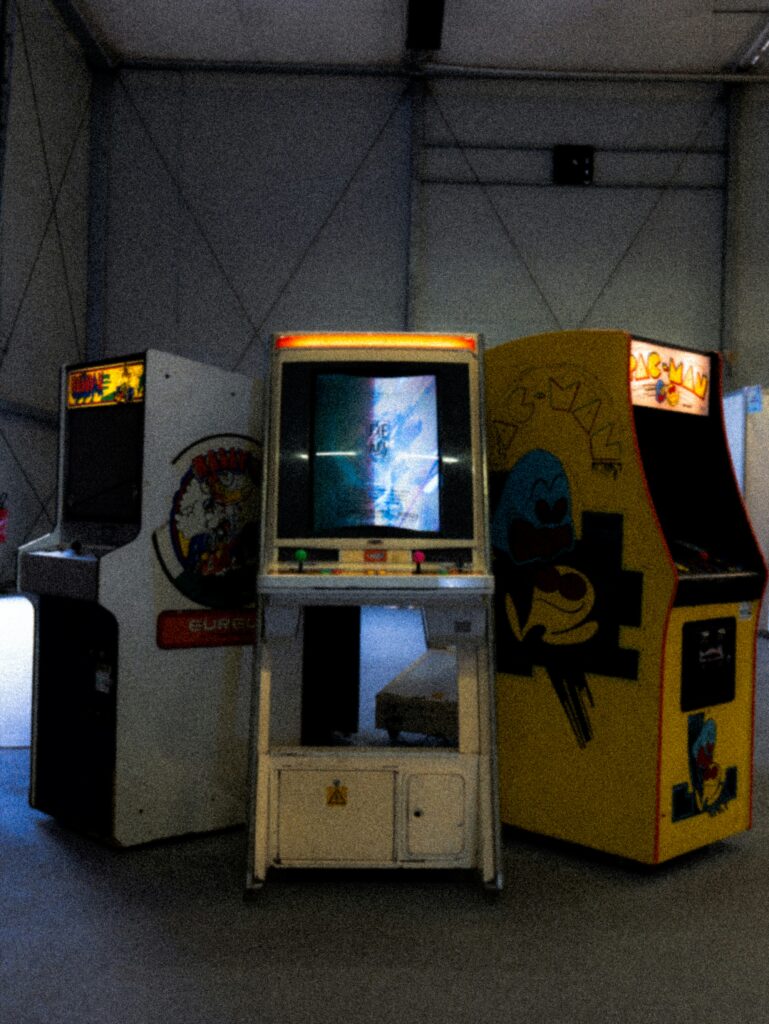The sun has long set on the golden age of retro gaming, leaving us with an array of consoles that serve as portals to a time when 8-bits of graphics were the pinnacle of entertainment and the sound of a game cartridge slotting into place was music to our ears. As we stand on the shoulders of these gaming giants, there’s a growing appreciation for these classic systems, leading many to dig out their old consoles from attics and basements, sparking a desire to revive these venerable gaming machines. However, before dusting off your Sega Genesis or your Atari 2600, it’s crucial to know how to properly restore and maintain these systems, ensuring that they continue to function for years to come. In this comprehensive guide, we delve into the must-have tools for repairing and testing old-school gaming systems.

The restoration of classic consoles requires a unique set of skills and tools. It’s akin to working on a vintage car; the aesthetics may be simple, but beneath the hood lies a labyrinth of circuits and chips that need special care and attention. From proprietary screwdrivers to specially designed cleaning solutions, the right tools can make all the difference in resurrecting your beloved gaming system. This article aims to provide an in-depth look at the tools and techniques essential for repairing retro consoles, allowing you to breathe new life into your gaming past.
Retro consoles are like time capsules, full of memories, nostalgia, and a tangible sense of history. When reviving them, it’s crucial to understand the intricate relationship between hardware and software. The 16-bit graphics of the Super Nintendo or the characteristic sound of the original PlayStation booting up are not just nostalgic triggers; they are also results of complex engineering that, with the right tools, can be restored to their original glory. We’ll be exploring this fascinating intersection of art and engineering, giving you a deeper appreciation of your retro console’s mechanics.
However, restoration is just the first step. Testing is the second half of the equation, essential for ensuring the longevity of your console. A seemingly successful repair can hide underlying issues, and without thorough testing, your console could be at risk of further damage. We’ll provide you with a comprehensive testing strategy, exploring the software and hardware elements you need to inspect, offering tips on identifying common problems and troubleshooting them effectively.
Reviving your retro console is more than a hobby; it’s a journey back in time, a testament to the technological leaps we’ve made, and a celebration of gaming’s rich history. This guide will equip you with the knowledge and tools to embark on this journey, ensuring that your console’s legacy continues to live on. From the moment you unscrew the first bolt, through cleaning and repairing, and finally to the exhilarating moment of powering up your console, we’ll be there every step of the way. It’s time to roll up your sleeves, grab your tools, and let’s bring those classic consoles back to life.
Why Retro Gaming Systems Need Special Care
As any enthusiast will tell you, maintaining and repairing retro gaming systems can be as rewarding as playing the games themselves. These pieces of technology are not just conduits to the world of gaming but are also historical artifacts in their own right. They’ve been designed and built with a different set of tools and technologies, some of which are no longer in common use. That’s why it’s critical to have the right tools to repair and test old school gaming systems.
The tactile nature of physical buttons, the unique color palettes, and the sheer nostalgia make retro gaming consoles an enduring part of our culture. However, like any other piece of technology, they are prone to wear and tear. Sometimes, they need a little bit of love and care to get back to their former glory.
The big question is: how do you go about doing that? What tools do you need? And more importantly, what are the techniques and best practices for repairing and testing these systems? In this article, we’re going to explore some must-have tools and techniques for reviving your retro gaming console.
Must-Have Tools for Repairing Retro Gaming Systems
Having the right tools is the first step in any repair project. When it comes to retro gaming systems, there are a few specialized tools that will make your life much easier. Here’s a breakdown of what you’ll need:

ToolDescriptionScrewdriver SetMany retro consoles use uncommon screw heads that can’t be opened with a regular Phillips or flathead screwdriver. You’ll need a specialized set, including Torx and Tri-wing screwdrivers, to open most retro consoles.Desoldering PumpSometimes, repairing a retro console requires you to remove old solder from circuit boards. A desoldering pump is essential for this task.Multi-MeterThis device can measure voltage, resistance, and current, which are crucial in diagnosing and repairing electronic devices.Soldering IronA soldering iron allows you to replace or repair electrical components on the console’s circuit board.Cleaners and LubricantsCleaners like isopropyl alcohol and contact cleaner can be used to clean circuit boards and contacts. Lubricants such as dielectric grease can be used to protect and improve electrical connections.
For a visual guide on how to use these tools, “How to Repair a Vintage Console” by The 8-Bit Guy on YouTube offers a comprehensive walkthrough.
Techniques for Repairing Retro Gaming Systems
With the right tools in hand, the next step is to understand the techniques and best practices for repairing retro gaming systems. Here are some pointers to keep in mind:
- Always unplug the console before working on it. This not only prevents electrical shock but also protects the console’s components from short circuits.
- Take your time and be gentle. These are old systems, and forcing something can lead to irreparable damage.
- Always test the console before reassembling it completely. This can save you a lot of time and frustration.
- Document your process. Take pictures or make notes of where each component goes. This can be incredibly helpful when reassembling the console.
Must-Have Tools for Testing Retro Gaming Systems
After repairing your retro console, testing it is crucial to ensure that everything is working as expected. Here are the must-have tools for testing:
ToolDescriptionTesting CartridgesThese special cartridges contain software designed to test various components and functions of the console. They can diagnose problems that aren’t immediately apparent.Video Conversion ToolsMany retro consoles output video in formats that modern TVs can’t handle. You’ll need a converter to connect your retro console to a modern display.Controller Testing UnitThese devices allow you to test the functionality of the controller’s buttons and joysticks.
For more insights on how to use these tools, check out the video “Testing Retro Game Systems” by RetroGameTech on YouTube.
Techniques for Testing Retro Gaming Systems
Testing retro gaming systems can be a bit tricky, especially given the age of these devices and the lack of standardization in their design. However, here are some techniques you can employ to ensure your testing is effective:
- Check all connectors and ports for physical damage before testing. Damaged connectors can lead to false positives in your testing.
- Use a known good game cartridge for testing. This eliminates the possibility of a faulty game causing issues.
- Test the console with different controllers. Some problems may only manifest with certain controllers.
Conclusion
In conclusion, this article has provided a comprehensive overview on the intersection of information technology and engineering, highlighting the pivotal role they play in today’s digitally-fueled society. We have explored a number of technical concepts and terminologies, and we’ve done our best to elucidate them in a manner that’s comprehensible and engaging. To say that the world of technology is intricate is an understatement; it’s a labyrinth of complexity. However, we trust that this article has served to demystify some of these concepts for you, or at least, to provide a foundation on which to build further understanding.
In the realm of IT and engineering, we have discussed the evolution of technology, from the genesis of the computer age to the dawn of AI and Machine Learning. We’ve looked at how these developments have transformed the very fabric of society, changing how we live, work, and play. The rapid pace at which technology is advancing is truly awe-inspiring, and it’s fascinating to think about what the future may hold.
In the domain of engineering, we have delved into the principles and applications of software development, highlighting the technical aspects and the critical role of problem-solving in this field. We’ve explored the processes involved in building software, from conception to execution, and examined the relevance of continuous testing and maintenance.
Throughout the article, we have underscored the inextricable link between IT and engineering. They are two sides of the same coin, each complementing and enhancing the other. Together, they propel the engine of innovation, fostering growth and driving progress in every sector of the economy. Their importance in our modern world cannot be overstated.
Now, as we conclude, we invite you to reflect on the information presented in this article. We encourage you to delve deeper into the subjects we’ve discussed, to ask questions, and to share your insights. Knowledge is not a static entity; it’s dynamic, growing and evolving with each new discovery. In the spirit of continuous learning, we hope this article has stimulated your curiosity and inspired you to explore further.
In the words of the renowned physicist, Albert Einstein, “The more I learn, the more I realize how much I don’t know.” Let this be a motivation for us all, as we continue to unravel the mysteries of technology and engineering. Feel free to revisit this article as often as needed, share it with colleagues, or use it as a reference in your own research. Remember, the quest for knowledge is a journey, not a destination.
Thank you for investing your time in reading this article. We look forward to your comments and feedback. And as always, we remain committed to providing you with accurate, insightful, and timely information. Stay tuned for more enlightening articles on the cutting edge of technology and engineering.
Please use the following links for additional research:
[Link 1]
[Link 2]
[Link 3]
References:
[Reference 1]
[Reference 2]
[Reference 3]
Happy learning!



